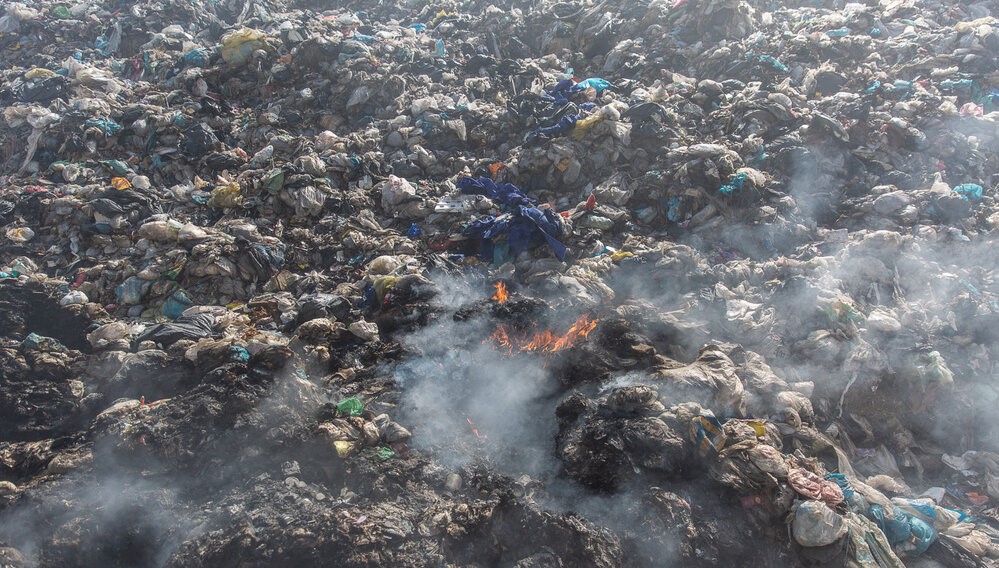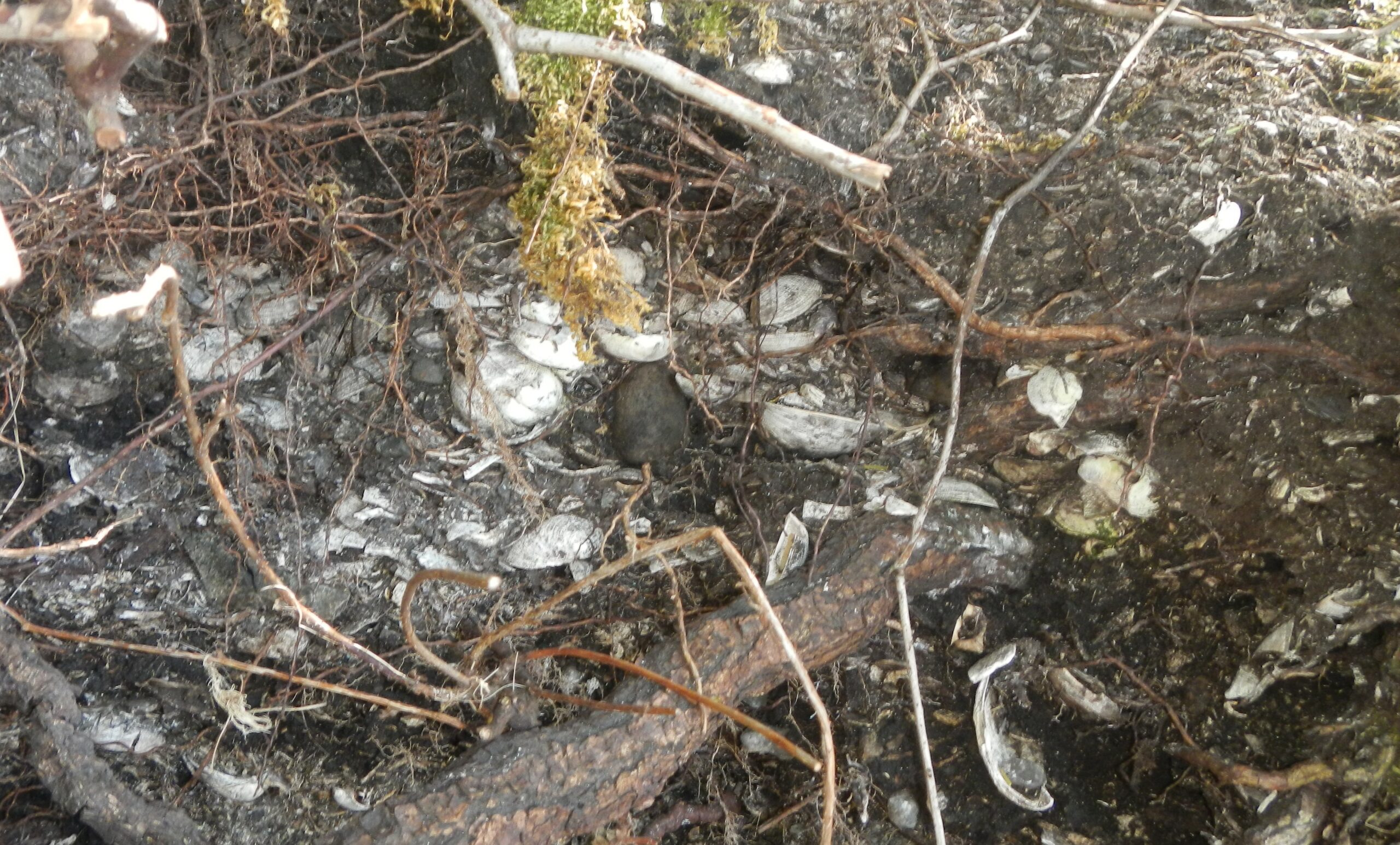Chapter 14 Waste Disposal
Learning Objectives
After having carefully read this chapter and completed the exercises within it and the questions at the end, you should be able to:
- Describe the main components of typical municipal solid waste,
- Explain where your personal waste goes, and what happens to it,
- Discuss ways in which the volume of waste can be reduced, and in particular how organic materials can be kept out of landfills,
- Describe the difference between a dump and a landfill,
- List the key features of an engineered landfill and explain why they are important,
- Summarize the process of leachate evolution and how it is affected by the composition of the waste,
- Describe which landfill gases are produced at the various stages of waste evolution in a landfill,
- Discuss why it is critical that landfill gases are not released to the atmosphere,
- Describe the two main ways that domestic solid waste can be used as an energy source,
- Describe the composition of domestic wastewater, and
- Summarize the ways in which wastewater can be treated.
Humans produce an extraordinary amount of waste. Most of it ends up in dumps or landfills (Figure 14.0.1), and some is just left beside roads and trails. Few of us even think about the piles of waste we leave, nor its environmental implications.
Waste disposal is included in this Environmental Geology text because it is a geological problem. Geologists are involved in planning, designing and monitoring waste disposal sites because the geology of the site will determine how the surrounding area is affected by the waste.

Humans have always been wasteful, but for most of our history the resulting waste dumps have had little environmental impact, consisting of organic materials that either break down quickly with assistance from smaller organisms, or of materials that have almost no environmental implications, such as shells, bones, rock chips, and pottery (Figure 14.0.2). Those types of wastes could easily be ignored when our numbers were smaller, but with nearly 8 billion people on the planet, and with wastes that include environmental poisons that last for decades or centuries, or that have serious climate-change implications, we have to change our attitudes towards waste.

The primary focus of this chapter is on what we call municipal solid waste, which is the waste that gets picked at the curb, or from bins in multiple-unit residences, commercial establishments, small industrial operations and institutions. The wastes from large industrial operations (e.g., smelters, pulp mills, refineries, or power stations (including nuclear sites)) are not covered here. Liquid wastes (e.g., sewage) are covered in Section 14.5.
When thinking about waste, we have to consider climate change, because accumulations of waste emit large volumes of the greenhouse gases carbon dioxide and methane. We need to do everything we can to reduce those emissions.
Media Attributions
- Figure 14.0.1 Garbage Dump of Sari by Amir Ali Razzaghi, 2019, Sari, Iran, CC BY 4.0, via Wikimedia Commons, https://commons.wikimedia.org/wiki/File:Garbage_Dump_of_Sari_2019-09-15_15.jpg
- Figure 14.0.2 Photo by Steven Earle, CC BY 4.0
